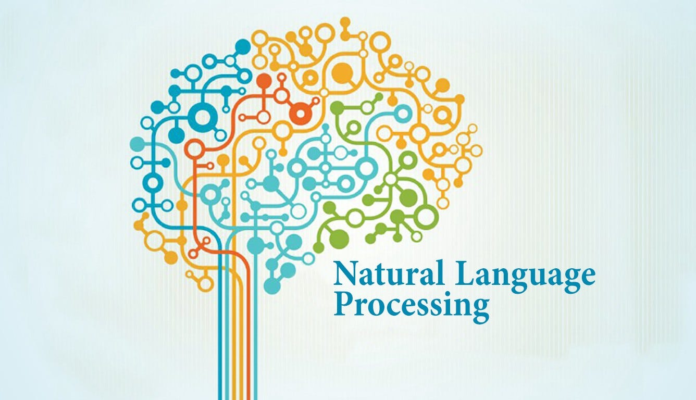The capacity of deep learning, a subset of machine learning, to tackle challenging issues and produce cutting-edge outcomes in a variety of fields has drawn a lot of attention recently. The neural network, a potent computer model inspired by the human brain, is the foundation of deep learning.
The Architecture of Neural Networks
Neural networks are made up of layers of connected nodes called neurons. After receiving inputs and applying a transformation function, each neuron generates an output that is sent to layers below. These layers are divided into three categories: input, hidden, and output. The network can recognize and understand complicated patterns in the data thanks to the hidden layers. The strength and influence of information flow inside the network are determined by the connections between neurons, sometimes referred to as weights.
Training Neural Networks
Neural networks’ capacity to learn from data through a process known as training is what gives them their power in deep learning. In order to reduce the error between expected and actual outputs, the network modifies the weights of its connections throughout training. Using optimization algorithms like gradient descent, which iteratively modifies the weights depending on the computed gradients of the mistake, this modification is made possible. Several iterations, or epochs, are used in the training phase, which is frequently carried out on huge datasets, to enhance the network’s performance.
Deep Learning Advancements Enabled by Neural Networks
- Computer Vision: Computer vision problems, including picture categorization, object identification, and image segmentation, have been transformed by neural networks. In certain instances, deep convolutional neural networks (CNN) have shown remarkable performance that exceeds human-level accuracy.
- Natural Language Processing (NLP): The advancement of natural language processing (NLP) tasks such as sentiment analysis, language translation, and question answering has been greatly aided by neural networks. Textual data can be modelled with contextual relationships and sequential dependencies thanks to the us
 e of recurrent neural networks (RNN).
e of recurrent neural networks (RNN). - Speech Recognition: Speech recognition systems have been greatly enhanced by neural networks, especially deep neural networks (DNN) and recurrent neural networks (RNN), which have increased speech recognition systems’ accuracy and resilience. This has aided in the development of voice-activated gadgets, virtual assistants, and transcription services.
Generative Models: Generative models like variational autoencoders (VAE) and generative adversarial networks (GAN) have been made possible by neural networks. Text, music, and image generation are among the creative and realistic outputs that these models can provide.
Future Enhancements
It is anticipated that in the future, neural networks will play an increasingly larger role in deep learning. To increase the effectiveness and performance of neural networks, researchers are always experimenting with new topologies, optimization methods, and training schemes.
Conclusion
Deep learning is built on neural networks, which enable machines to learn from and derive valuable insights from large, complicated data sets. Their design has transformed domains including computer vision, natural language processing, speech recognition, and generative modelling, along with their advanced training techniques. Deep learning’s use of neural networks will surely spur additional developments in artificial intelligence and open the door to novel applications and solutions in a range of sectors as these networks continue to grow.






